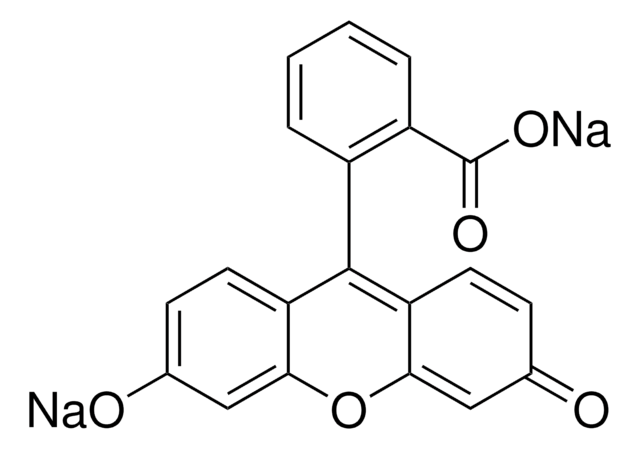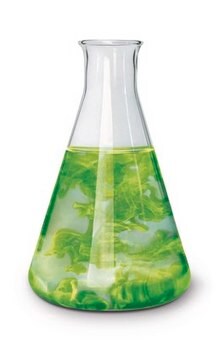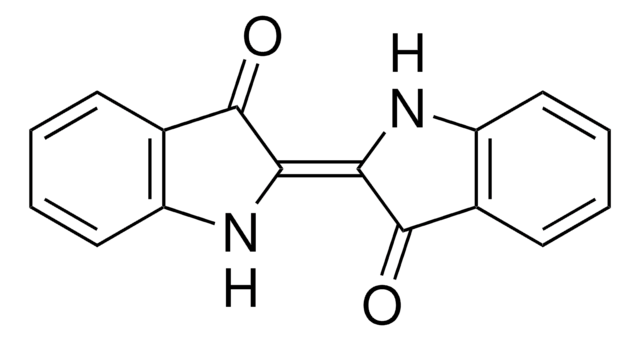30181
Fluorescein sodium salt
analytical standard
Sinónimos:
Acid Yellow 73, D&C;Yellow No. 8, NaFl, NaFluo, Sodium fluorescein, Uranine
About This Item
Productos recomendados
grado
analytical standard
Nivel de calidad
Ensayo
≥97.5% (HPLC)
caducidad
limited shelf life, expiry date on the label
técnicas
HPLC: suitable
gas chromatography (GC): suitable
impurezas
≤15% water
fluorescencia
λex 460 nm; λem 515 nm(lit.)
Formato
neat
cadena SMILES
[Na+].[Na+].[O-]c1ccc2c(Oc3cc([O-])ccc3C24OC(=O)c5ccccc45)c1
InChI
1S/C20H12O5.2Na/c21-11-5-7-15-17(9-11)24-18-10-12(22)6-8-16(18)20(15)14-4-2-1-3-13(14)19(23)25-20;;/h1-10,21-22H;;/q;2*+1/p-2
Clave InChI
RGPLGPBQJOQFJS-UHFFFAOYSA-L
¿Está buscando productos similares? Visita Guía de comparación de productos
Descripción general
Aplicación
It may also be used as an analytical reference standard for the quantification of the analyte in the following:
- Soil samples using high-performance liquid chromatography (HPLC).
- Coffee samples using high-performance liquid chromatography (HPLC) and capillary electrophoresis (CZE).
Nota de análisis
Código de clase de almacenamiento
11 - Combustible Solids
Clase de riesgo para el agua (WGK)
WGK 1
Punto de inflamabilidad (°F)
423.7 °F - Pensky-Martens closed cup
Punto de inflamabilidad (°C)
217.6 °C - Pensky-Martens closed cup
Elija entre una de las versiones más recientes:
Certificados de análisis (COA)
¿No ve la versión correcta?
Si necesita una versión concreta, puede buscar un certificado específico por el número de lote.
¿Ya tiene este producto?
Encuentre la documentación para los productos que ha comprado recientemente en la Biblioteca de documentos.
Los clientes también vieron
Nuestro equipo de científicos tiene experiencia en todas las áreas de investigación: Ciencias de la vida, Ciencia de los materiales, Síntesis química, Cromatografía, Analítica y muchas otras.
Póngase en contacto con el Servicio técnico






